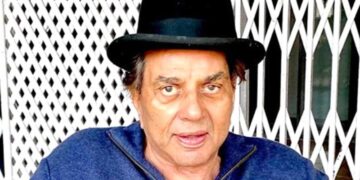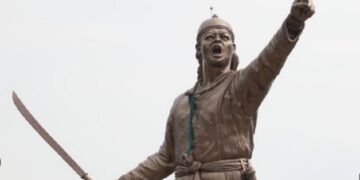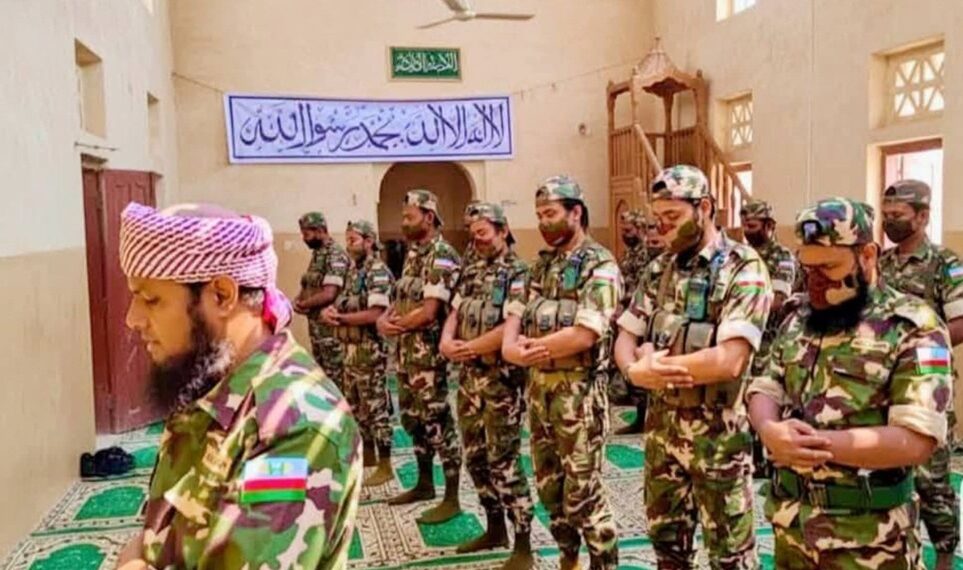Even as three truckloads of armed Rohingya men left Kutupalong Camp 7 on September 29 to undertake a mission to hit Arakan Army positions in Maungdaw in the Rakhine State, claims that a previous team captured three posts across the border four days earlier are not backed by credible evidence.
Inquiries by Northeast News in Cox’s Bazar and in Maungdaw indicate that an earlier group of armed Rohingya men, numbering about 100, killed a few local people, including a Buddhist monk, and sought to pass them off as Arakan Army fighters.
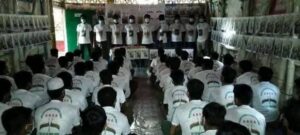
Reports attributed to unnamed sources indicate that a combined band of Arakan Rohingya Salvation Army (ARSA) and Rohingya Solidarity Organisation (RSO) fighters captured Arakan Army posts (No. 56 and 57) on either side of border point 601 and Done Nyo outpost on September 26, may be exaggerated.
In a detailed press statement on October 1, the Arakan Army claimed that the ARSA and RSO men did try to “seize” the border posts.
However, on September 28, an Arakan Army squad, while “conducting operations” in Maungdaw Townships border area, “discovered six decomposed bodies, reduced to skeletal remains, in a banana grove” about 770 metres northwest of Upper Inn Chaung village”.
The press statement added that “the bodies were found abandoned in four separate locations within the banana grove: one body in each of two locations and two bodies in each of two other locations.
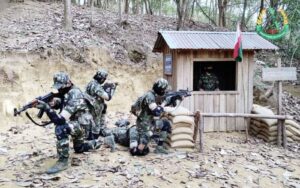
Preliminary assessments suggest these bodies may belong to six of the missing villagers from Tamanthar and Done Nyo villages, killed by the militant terrorist ARSA group attacking our security outposts”.
The Arakan Army had earlier alleged that the Border Guards Bangladesh and the Directorate General of Forces Intelligence had helped push the ARSA and RSO fighters into the Rakhine State.
The Arakan Army has since not issued any media statement.
The ARSA and RSO fighters were likely drawn from the Kutupalong Rohingya refugee camp, the largest in Bangladesh’s Cox’s Bazar district.
On September 29, about 100 ARSA and RSO fighters are said to have used three trucks (which they boarded at Camp 7) which were commandeered via Kochubonia before they were dropped off at a point called Amtoilachhora in Naikhongchhari (Bandarban district), from where the land border is not too far away.
ALSO READ: Three postal officials held in Meghalaya bribery case; CBI seizes Rs 2.3 lakh
The ARSA and RSO fighters, in all likelihood, took the land rather than the river (Naf) route to cross over into Rakhine State. Google Earth screen shots shared by the Arakan Army show that Done Nyo and Inn Chaung villages, border point 601 and border pillars 56 and 57 are opposite Naikhongchhari.
It is likely that the armed ARSA and RSO men either crossed through Rakhine State territory or took a roundabout route through Shangu-Matamuhuri wildlife sanctuary to target the border posts on that flank of Bandarban district.
Among the Rohingya fighters is a man called Abdul Jalil who, a few days before the September 29 departure of the ARSA and RSO men, posed for photographs along with others at a location near the UN Protection Centre close to Camp 7 in Kutupalong.





